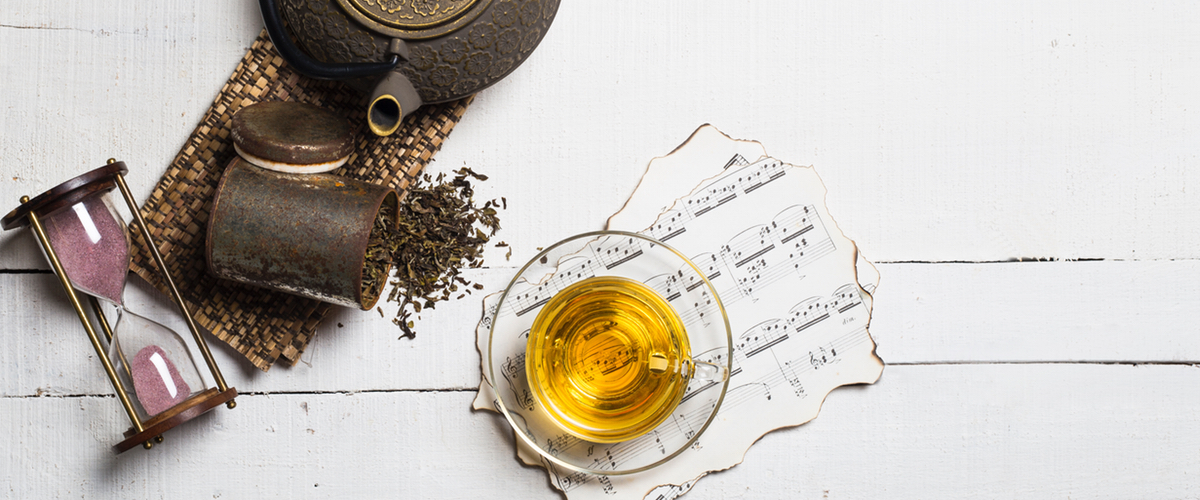“Moonlight white” tea has become a term that draws the same sighs and respectful silence as the last notes of a beautiful piano sonata. It’s a type of tea but perhaps more a proud announcement by respected tea growing communities in China’s Yunnan and Fujian plus a small but growing number of estates in Darjeeling. Their message adds up to: “This is as good as white tea can get. It’s made of the very, very best leaf through equally outstanding and accomplished methods. Every detail and step is immaculate.” It implicitly adds “And it’s gonna cost you.”

White teas in general are special with one caveat: non-medicinal nostrum white teas. White tea in a bag, sold as low caffeine, touted as having magic medicinal powers, or as an Earl Grey… Don’t even bother. The entire essence of white teas is choosing the very best buds – a tiny fraction of what is on the bush – and then processing them minimally, with no heating, rolling, oxidation or flavoring. The Chinese term is believed to refer to the tradition in Yunnan of harvesting the buds under the light of the moon, to capture them at their most tender, with a little moisture on the bushes; around 30% will be unopened, concentrating the subtle aromas that are a hallmark of Moonlights. The more buds, the higher the quality. the better the leaf, the more the underside will show a light downy fur, almost wispy.
It is always hard to describe subtle flavors and tea talk can get very convoluted, high-flown and adjective-drunk. Perhaps the best word to use here is “vaguely.” The tea is vaguely sweet, with a vague floral aroma. It’s a wealth of shifting hints slightly/lightly/leaning to spicy and so on. At the same time, it is surprisingly full in taste, with none of the watery blandness that is found in very delicate China greens. One useful review summarizes the Darjeeling Castleton estate’s near legendary Moonlight White second flush as: “Floral/herbaceous profiles with a sweet top note thing going on.”
The key step is the processing which may be summarized as: do nothing and do it superbly. The leaf is withered – left to dry with no heating or speeding up. This works only with very, very high quality leaf and demands precise timing.
Technically, China Yunnan Moonlight refers to very large leaf from ancient tree. Purists debate whether it is really a white or puerh tea; it is often made in puerh form of “bing” cakes. In Darjeeling, it is a fairly overt marketing claim: the mix of buds and leaf, harvesting, drying and expert judgement.

Plucked with care, these leaves will be used to make white tea in Darjeeling.
There are other white teas of note, so that Moonlight is, in sports analogy Michael Jordan, Sachin Tendulkar or Venus Williams. In rough gradation, the star rankings are Moonlight, Silver Needle, White Peony, and Shou Mei. All are excellent. Historically, they have been the preserve of Yunnan, but Fujian, Sri Lanka and Darjeeling are producing ones to rival any of the best.
Prices are high. Silver Needle costs about $120 a pound – 80 cents a cup. Castleton and Sri Lanka’s Adams Peak range by availability and harvest from $300-600 a pound. (Converted to the per cup price that is much lower than even a middle range wine: $1.50-3.

Obviously, Moonlight white is not a tea to drink on a regular basis, but if you like tea and are due a birthday present… This is a tea you really should try once… or twice. Maybe start with a medium grade White Peony; this costs little more than a high-end teabag. Move up to Silver Needle and the try a Darjeeling Thurbo, Badamtam or Margaret’s Hope, the even higher rated Castleton and Jungpana, a highland Sri Lanka Needle and the sublime Adams Peak… They are all worth a splurge.

